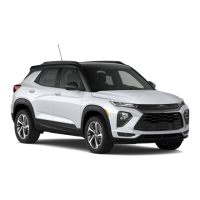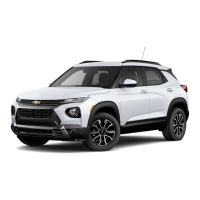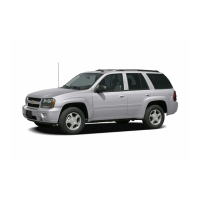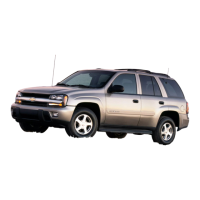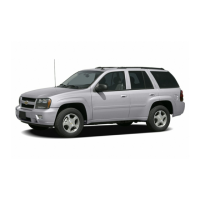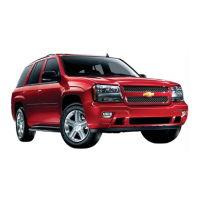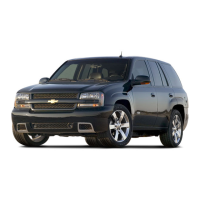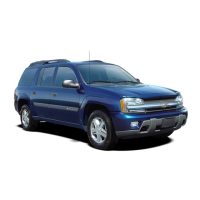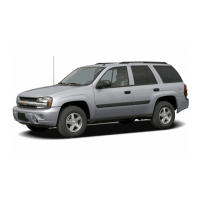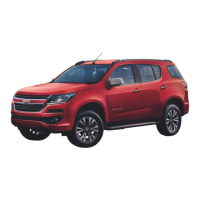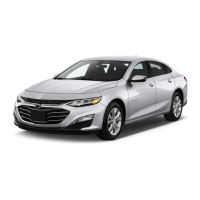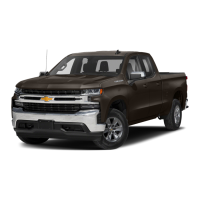284 Vehicle Care
Towing the Vehicle
Caution
If the vehicle cannot be shifted
into Neutral (N), do not use the
tow eye to tow the vehicle.
Vehicle damage may occur.
Note
To avoid damage, the disabled
vehicle should be towed with all four
wheels off the ground. Care must be
taken with vehicles that have low
ground clearance and/or special
equipment. Always have the vehicle
towed with a flatbed vehicle carrier.
Consult your dealer or a
professional towing service if the
disabled vehicle must be towed.
Please observe the following
procedures when towing a vehicle:
.
No passenger should remain in
the vehicle being towed.
.
Release the parking brake of the
towed vehicle and place the
transmission gear in neutral.
.
Turn on the emergency flashers.
.
Two-wheel drive vehicles should
not be towed with the rear
wheels on the ground.
Two-wheel drive transmissions
have no provisions for internal
lubrication while being towed.
To tow the vehicle behind another
vehicle for recreational purposes,
such as behind a motor home, see
"Recreational Vehicle Towing" in this
section.
Recreational Vehicle Towing
Recreational vehicle towing means
towing the vehicle behind another
vehicle - such as behind a motor
home. The two most common types
of recreational vehicle towing are
known as dinghy towing and dolly
towing. Dinghy towing is towing the
vehicle with all four wheels on the
ground. Dolly towing is towing the
vehicle with two wheels on the
ground and two wheels up on a
device known as a dolly.
Here are some important things to
consider before recreational vehicle
towing:

